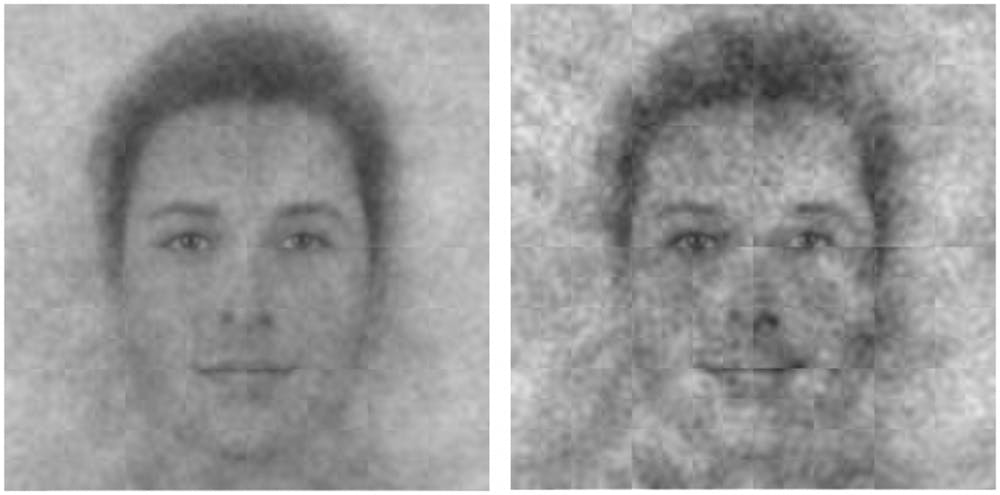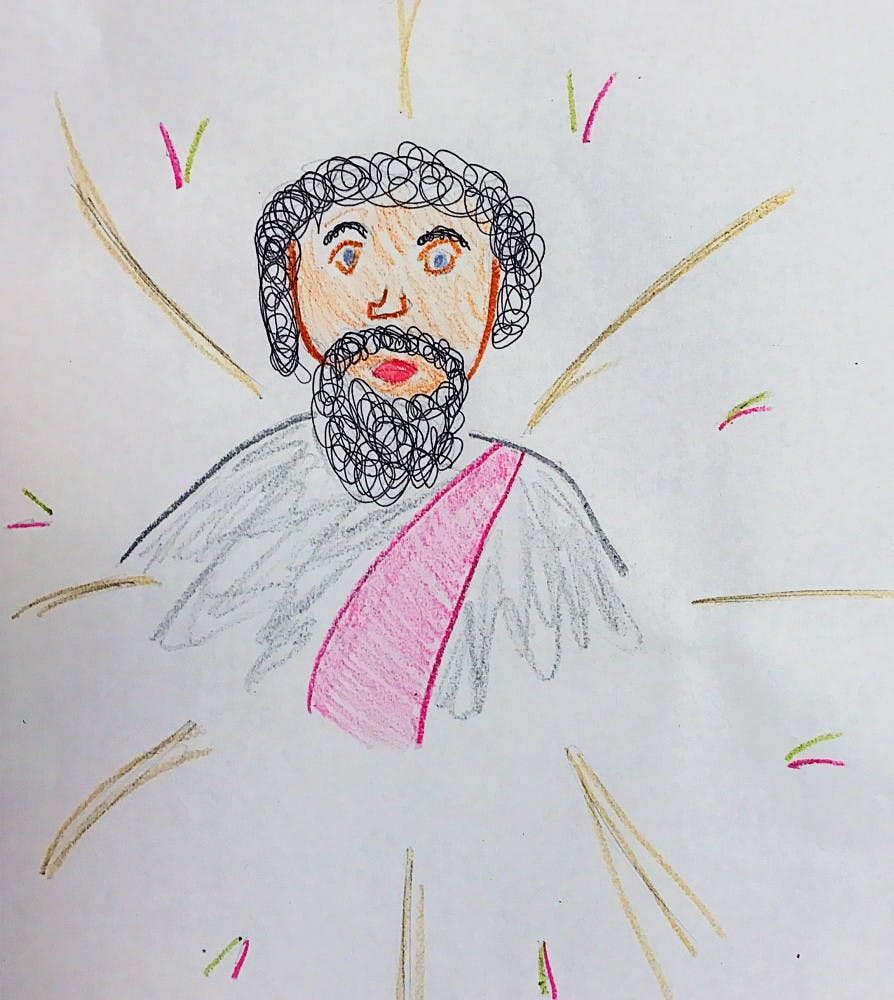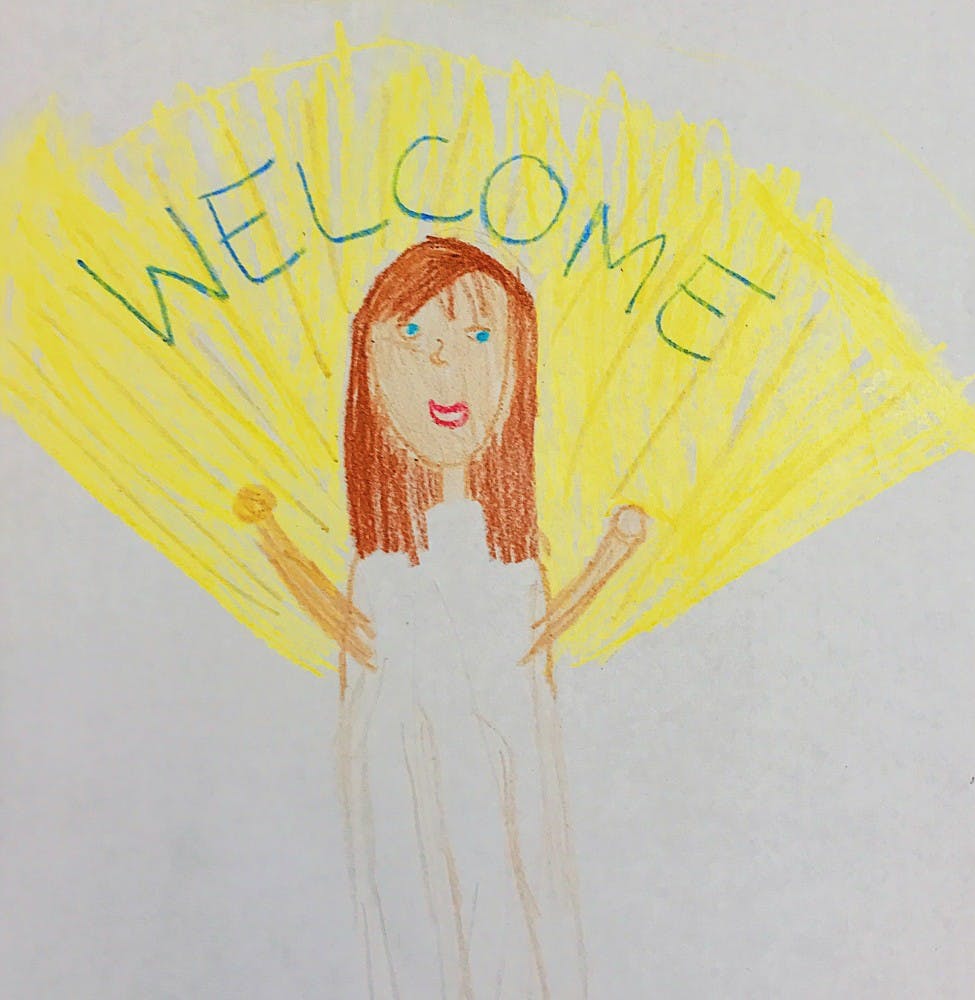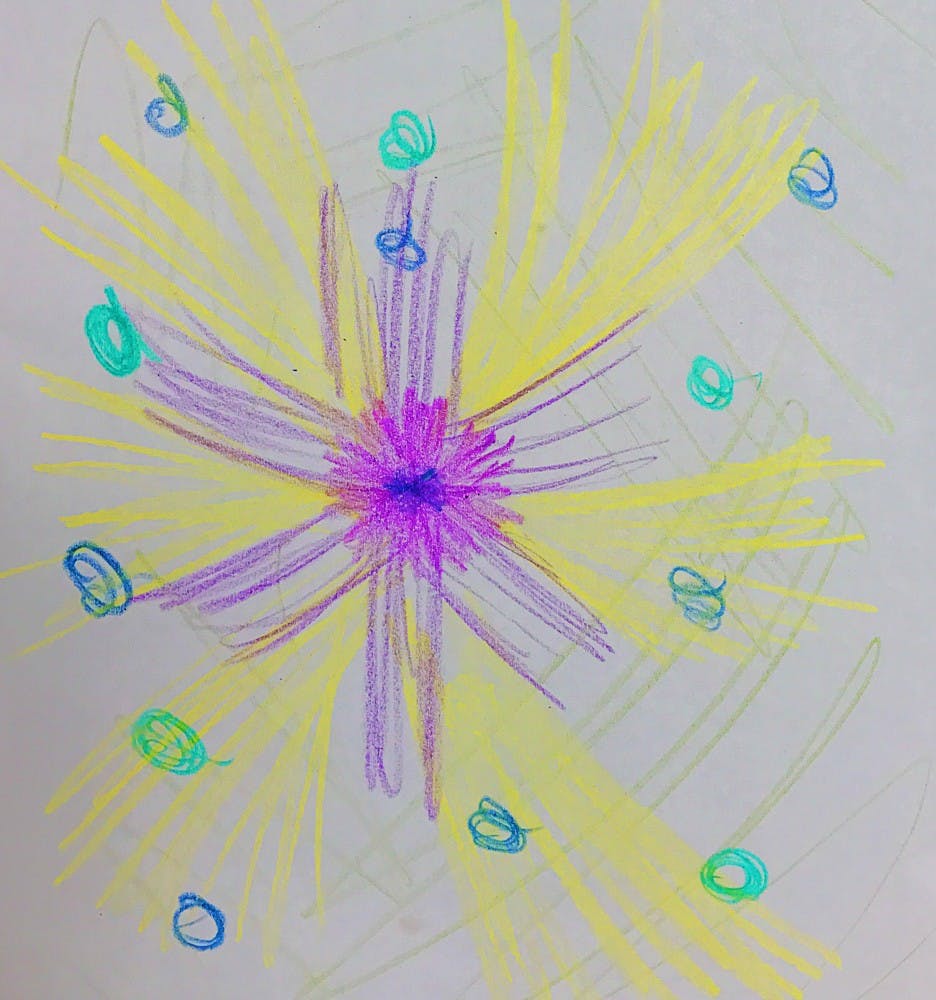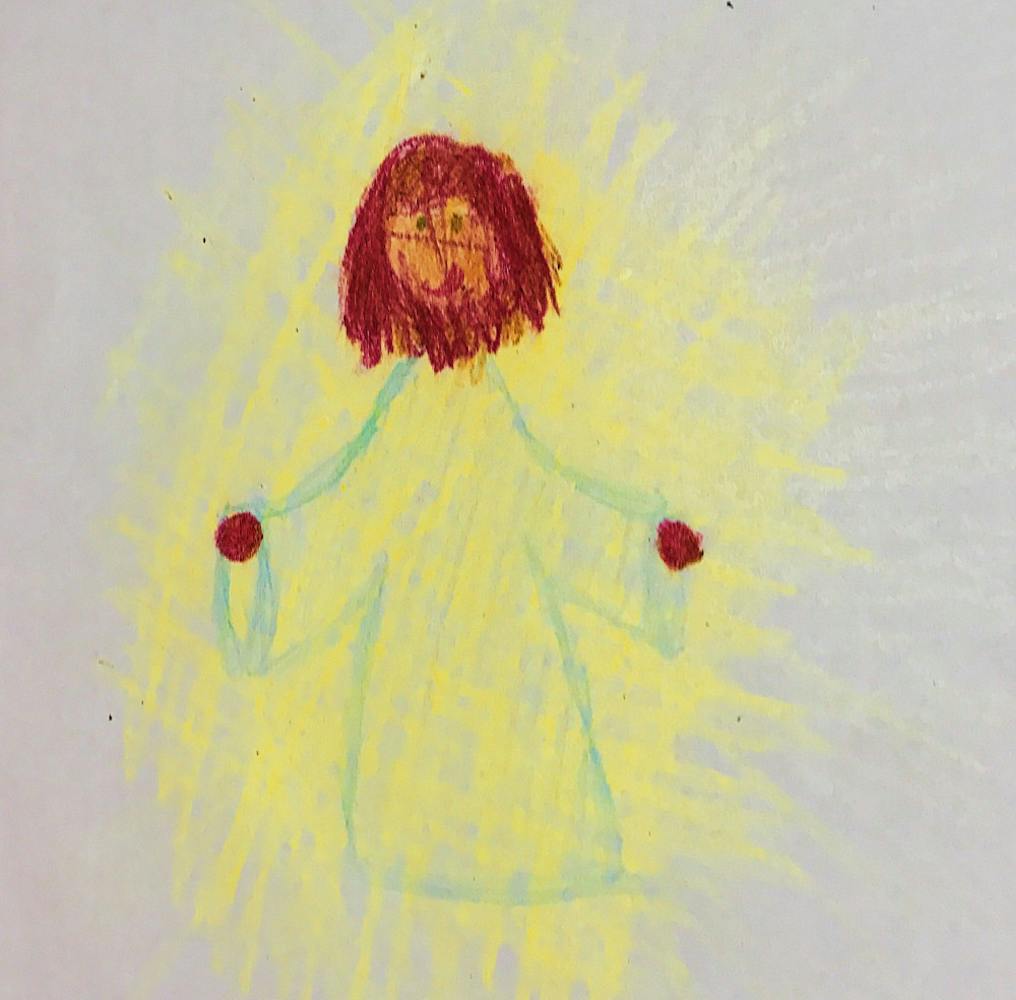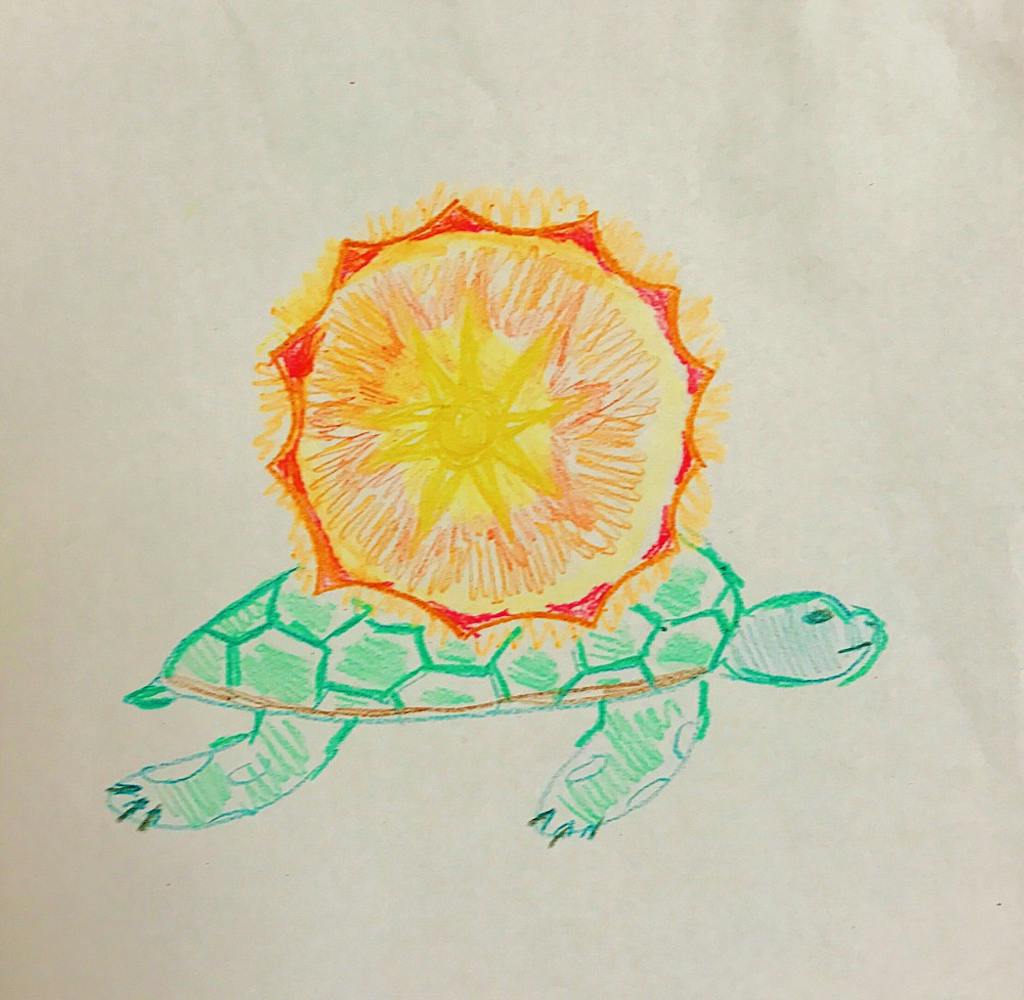After polling 511 American Christians, UNC researchers surveyed their participants’ intuitive understanding about God’s appearance.
Ph.D. student Joshua Jackson, whose research focuses on culture and cultural differences, organized the study with his adviser Kurt Gray, who studies mind perception.
“We’ve been doing a few papers on how people see God’s mind, how people think about God's personality traits or characteristics the way we might think about human minds,” Jackson said.
According to the study, measuring people’s perceptions of God can be tricky because of many contradicting characteristics people tend to associate with a deity figure.
“People will say, if you ask them directly, that God can be in more than two places at once, or God doesn’t follow the rules that people follow,” Jackson said. “But when people think about the way God answers prayers, they’ll intuitively think he needs to answer one at a time the way a person would.”
Because of these contradictions, Jackson says, people's intuitions about how God’s mind works do not align with how they say God’s mind works if you ask directly. In this study, the researchers were trying to get an intuitive understanding about God’s appearance as a kind of window to the traits that people intuitively see God as holding.
“Some folks developed this method called 'reverse correlation' where you take an image and then you randomly add noise to it hundreds of times, and this creates pairs of images that differ from each other,” Jackson said. “People select the image that they think looks more like some target that you’re interested in, like a trustworthy person, or in our case God, and then you average together all the images people select.”
This average is then contrasted with the average of images people didn’t select to understand people’s intuitive impressions on a target, such as their God.
“We did this with God's face, and we found that images that people selected have some overall qualities like God tended to be Caucasian and more loving, happier, kinder and younger than the images people didn’t select,” Jackson said. “But they also differed in important ways based on people's political orientation and their own demographic characteristics.”

